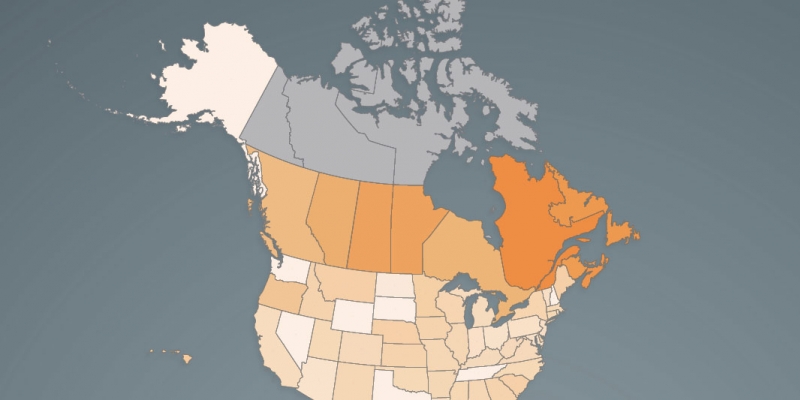
Atlantic Canada Prosperity
— Oct 3, 2024
— Sep 12, 2024
— Aug 22, 2024
— Jun 13, 2024
— May 2, 2024
— Apr 9, 2024
 Read the Full Report
Read the Full Report View the Infographic - Income Tax Rate at CA$50,000
View the Infographic - Income Tax Rate at CA$50,000 View the Infographic - Income Tax Rate at CA$50,000 (Atlantic Canada)
View the Infographic - Income Tax Rate at CA$50,000 (Atlantic Canada) View the Infographic - Income Tax Rate at CA$75,000
View the Infographic - Income Tax Rate at CA$75,000 View the Infographic - Income Tax Rate at CA$75,000 (Atlantic Canada)
View the Infographic - Income Tax Rate at CA$75,000 (Atlantic Canada) View the Infographic - Income Tax Rate at CA$150,000
View the Infographic - Income Tax Rate at CA$150,000 View the Infographic - Income Tax Rate at CA$300,000
View the Infographic - Income Tax Rate at CA$300,000 Read the News Release - Canada
Read the News Release - Canada Read the News Release - Atlantic Canada
Read the News Release - Atlantic Canada
- 1 of 2
- next ›
Subscribe to the Fraser Institute
Get the latest news from the Fraser Institute on the latest research studies, news and events.
Research Experts
-
Director, Natural Resource Studies, Fraser Institute
-
Senior Fellow, Fraser Institute
-
Director, Fiscal Studies, Fraser Institute
-
Resident Fellow, Dr. Michael A. Walker Chair in Economic Freedom
-
Director, Addington Centre for Measurement, Fraser Institute
-
Senior Fellow, Fraser Institute
-
Professor of Economics, St. Mary's University
-
Director, Atlantic Canada Prosperity, Fraser Institute












